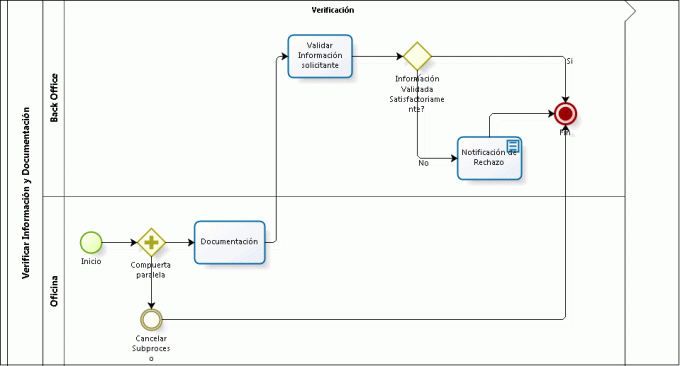Reduction of inventory, minimize waste and respond promptly to your customers
When is the best time to have a portion of the inventory ready for the production? Just in time
When is the best time to have an item ready for the next step in the production? Just in Time.
When is the best time to have a product ready for delivery to a client? Just in Time.
So why do manufacturers increase their inventories so much with finished products Y raw Materials? Just in case!
Advertisements
Plenty of inventory on hand is comforting - and expensive. If you have a large number of products in inventory, you are blocking a huge amount of money unnecessarily. These items can be lost, stolen, damaged or deteriorated. They occupy space, which could otherwise be devoted to operations. And they can become obsolete, especially when products are improved or changed (many of us we can remember the images of airfields, full of unwanted outdated cars from the 1970s and 1980). All of this represents a financial loss for the business.
In the 1970s, when Japanese manufacturing companies were trying to perfect their systems, Toyota's Taiichi Ohno developed a manufacturing philosophy that reduces waste and improves the quality. This system is the famous Just In Time (JIT).
Advertisements
When the items are ready "Just in Time", they are not waiting to be sold and to occupy space in the warehouse. This means that production must be coordinated with the delivery of the product to the customer in an efficient way.
When applying this theory (and JIT helps you do this) you need to be clear about the scope of your business. You cannot be overwhelmed because you do not have this product or this other in stock.
Advertisements
The main benefits of JIT are:
- Low inventory
- Under the waste
- High quality production
- High customer responsiveness
In this article you will find:
The Just In Time Strategy
By taking a JIT approach to inventory and produce products, companies can often reduce costs significantly. Inventory costs are a major contributor to business expenses, especially in manufacturing organizations. By minimizing the amount of inventory you have, you can save space, free up cash resources, and reduce waste that comes from obsolescence.
Advertisements
Relationship between the JIT and stakeholders (Stakeholder)
With HIT, you need to build strong ties with your supply chain. This will ensure that you have access to the supplies you need when you need them. (A secondary benefit of this is that there is a greater chance of changing the specifications in the offering that may have an impact on your business.)
With a secure source of supplies, you can continue to make improvements to your production and inventory systems. This helps increase your responsiveness to customer demand. If you need to increase production, you can be sure of knowing that your suppliers will help you.
Advertisements
If your customers demand a product that requires a new technology, you can change the product with quite easily, without worrying about canceling a large stock of outdated supplies and products finished. This means that you can meet changing customer needs faster.
Purchase orders are simpler with a JIT system. Rather than having the customer's product built in three months and waiting a long time for them to wait, in the Just in time builds when ordered. By delivering "Just in Time" product, the factory can accept last minute changes.
Essentially, JIT enables the company to get the right products for customers at the right time. In many industries, this can provide a great competitive advantage, while helping to save a great deal of money.
Essential notes:
A fundamental drawback of JIT is that it only works if you can trust the suppliers, especially in the delivery times, otherwise the whole operation can be paralyzed.
What's more, if materials costs spike suddenly, having them in storage earlier might have been a cheaper option. The JIT is also based on historical need patterns: If orders increase significantly, the Adjusting to the growing need for supplies can be difficult for the factory or suppliers.
Key points:
Just In Time is a way of managing operations so that they are executed efficiently. JIT requires giving up "just in case" stocks, security and control of supplies and inventories at levels that only support production. JIT's main emphasis is on cost reduction and minimal waste.
The implementation process requires you to examine very carefully all stages of production and inventory management. This alone is a useful exercise that will bring out some improvement points. It is also important to remember that you will be more efficient and the product will be of higher quality, which brings greater appeal to customers.



